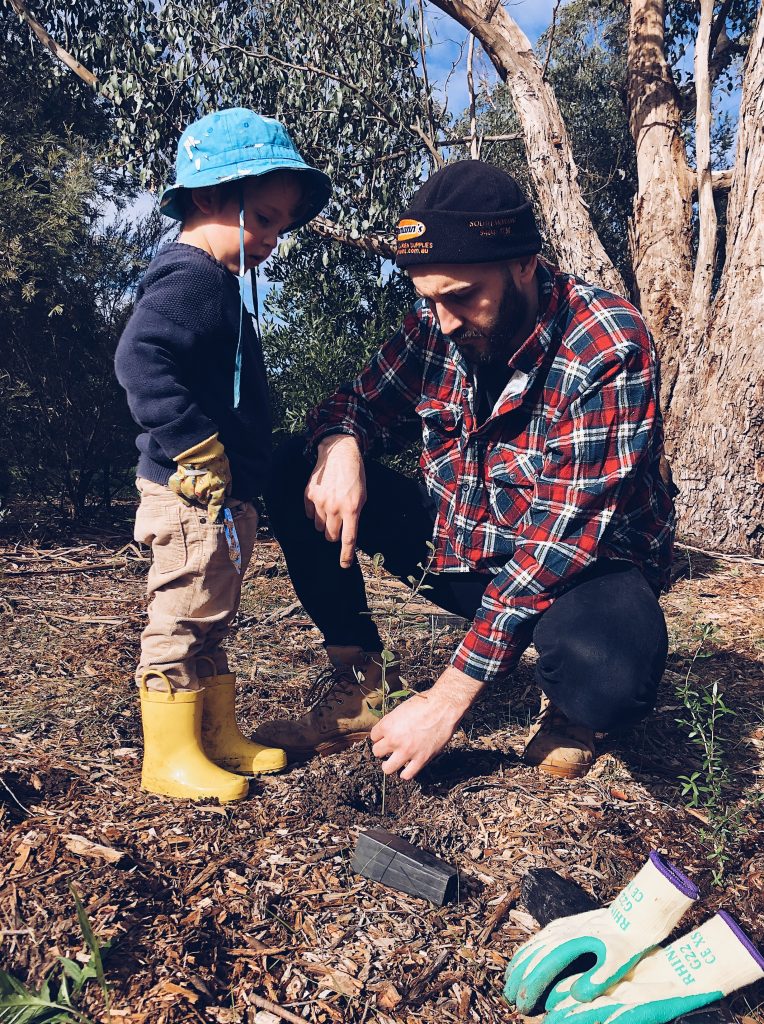
I was recently on a panel of judges hearing final presentations of a high school senior class in entrepreneurship. The students had self-selected into teams to develop business plans for new ventures. Unsurprisingly the teams were divided into the more affluent kids and the disadvantaged kids. The difference in the resulting business plans was instructive. The more affluent groups had ideas with clear economic outcomes and revenue potential. Although the disadvantaged teams’ projects generally had more socially conscious aspirations, their members had little or no concept of economic viability.
So what explains the difference? For the most part, all of the kids went to the same schools, with the same teachers, curriculum, and in-school resources. They went from kindergarten through their senior year in high school, spending roughly seven hours a day together. But the difference in educational attainment was surprising. The explanation is hidden in what goes on outside of school; At home and in the community.
Engaged Stakeholders Make for Great Teachers

It turns out that neither socioeconomic status nor school prestige is the best predictor of academic achievement. Go figure! All that time, we spent picking the best schools by their rank did not have the most significant impact on our kids. What does have the most considerable influence? Family and community engagement. The families and communities that encourage learning and are involved in their child’s education are more likely to have better outcomes. Kids with engaged communities and families not only are more apt to finish their assignments but tend to enjoy and love learning.1 “ED442910 – Building Successful Partnerships: A Guide … – ERIC.” https://eric.ed.gov/?id=ED442910. Accessed 20 Jul. 2020.
Failure or success is not predestined. We can intervene to improve achievable outcomes by helping the stakeholders to become more engaged in a student’s life. Even though families of low socioeconomic status generally have higher financial distress and more disruption and crisis in their lives, we can assist in thoughtful ways to make a better path for their kids.
Where Is the Data?

If you have a child in preschool, chances are you now have an app to connect you to your child. Companies like Brightwheel and HiMama have excellent mobile and back-office technologies that allow your daycare center to communicate and engage you with pictures and updates of your little angel all day long. These apps are collecting data from parent engagement. They know, for instance, whether the parent is looking at the pictures they send. They also know if the parent is communicating with the teachers or paying their bills on time.
The same is true for K-12 and College with Learning Management Systems (LMS). LMS’ like Canvas or Google Classroom, gives students, parents, and teachers access and visibility into their child’s records and performance. LMS’ can also track how often parents log in and what level of engagement they are exhibiting. This information provides critical data and feedback on community involvement in the student’s educational journey.
What Data Are We Missing?

The parent engagement data coming from these student tracking systems is not enough. What we need is data about what the parents are doing at home. If we could somehow assess whether the parents are reading, playing games, cooking, or, maybe, gardening with their children, then we can study what impact that is having on the child’s performance.
Suppose we were able to do some fast, automated, weekly assessment at school; A game would be ideal. Organizations are creating innovative assessments that look like games, yet serve as assessment tools to identify the cognitive progress each student is making toward mastery of a particular subject. For example, CognitiveToybox (a new, innovative company out of Brooklyn, NY) has a great tablet app that can automatically assess kids quickly.
We could take the assessment information and, say, once a week, deliver that assessment to the parents in an email, text, or a mobile app. The evaluation could include where the child resides in relation to their peers. Additionally (and here is where the fun begins), the email could consist of a list of engaging activities that could involve the child’s stakeholders.
Closing the Loop

The assessment message goes home with a set of “recipes” for the family members to engage with the child. What then? We want to measure whether the folks at home are connecting with the child. The activities we suggest need to have some integrated way of measuring the people who played, how long they played, and the outcome. Ideally, the activities would have some mobile app or web component that records automatically.
Once completed, points and rewards are recorded for the activity, not just for the student but for everyone involved. The goal is to provide incentives for the child’s stakeholders to record their interactions, successes, and failures. The “gamification” of this engagement could be the key to its success.
Building a Wholistic Model

The cycle of collected data from the child’s activities at school and home could be used to feed into a Machine Learning AI-built predictive model for the student. This customized learning model could help us understand where the student is and suggest better activity recipes to send home. Additionally, the model could help us assist the stakeholders in new ways.
What is happening at school is helping only a subset of our children’s educational journey. There are many explanations as to why an army of teachers and administrators’ daily efforts are not enough to bring everyone forward. We must look at new ways to evaluate and change the ways we have an impact. Decades of effort, manipulations, and money focused on the schools have not improved outcomes to keep pace with the world.2“The declining productivity of education – Brookings Institution.” 23 Dec. 2016, https://www.brookings.edu/blog/social-mobility-memos/2016/12/23/the-declining-productivity-of-education/. Accessed 26 Jul. 2020. We are looking for better ways of understanding the whole educational picture for each student, using data science. With informed models, we can find ways to include parents and communities in their kid’s education and keep them on the path to success.
Next Installment

Tying all these opportunities together with machine learning is hard, and that’s why we’ve found so few players putting it all together and using Machine Learning or AI to move the needle. With the next installment, we’ll examine what it takes to bring AI or Machine Learning to the table; what hardware or software do you need? Do you require a data scientist? Can cash strapped organizations seeking to help kids learn and succeed afford these innovations? What sorts of projects or initiatives can really work, given the current state of ML?







